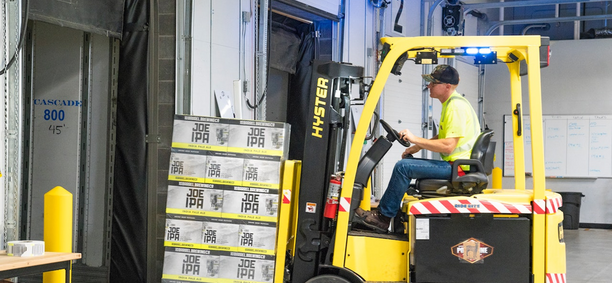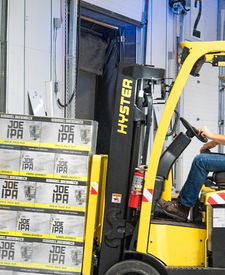Beyond Storage: Exploring the Versatility of Virtual Data Rooms
In the era of information, secured data storage became a must among CEOs, financial organizations, and corporations. The modern solution appeared – a so-called virtual data room allows users to store, structure, and navigate the papers within the company.
What differentiates a data room from other storage systems? Break it down here.
Virtual Data Rooms Explained
Navigating the virtual data room reviews service datarooms.org.uk, you'll see experts praising their functionality and security. But what are data rooms, practically?
A virtual data room is a highly secure and organized online space. There, businesses and other institutions can store and share important documents. These are basically cloud storage but with the highest level of security and additional functions. Regarded as the best form to store important papers and information, they come with different storage volumes and functionality.
Are you a CEO of a company, or a member of a large working team? Implementing VDR in your work is always a good idea to protect and structure the essential data.
Advantages of VDRs Over Other Storage Systems
SNS research shows that the data room market will reach $5.5 billion in 2030. No wonder – they offer visual perks over usual storage systems:
- Data security. VDRs typically use advanced encryption protocols to secure data both in transit and at rest. Whether you simply store documents or download them, the process is protected.
- Access management. Unlike usual storage systems, VDRs allow giving staff members different levels of access. People with different levels of authority gain access to different levels of storage, allowing only CEOs and managers to see secured documentation.
- Activity monitoring. All actions in VDR are traceable. Managers can see each downloaded and opened document, and who used it.
- Company merging. When merging a company with another organization or establishing a partnership, VDR is an easy way to share information with each other. The storage gives a clear picture of the company’s activity and documentation. Again – you can manage the levels of access, too!
- Data backups. Data rooms save the backups of all information. Even if the software fails, or something unexpected happens, you can restore the files.
The only possible disadvantage is the impossibility of working offline. While cloud storage allows you to download the library, even the best virtual data room works online only. However, users are allowed to download particular files if they have access.
Understanding Versatility: What Is VDR Used For?
It doesn’t stop at storing files. Virtual data room providers offer additional functions, useful for large companies and even small enterprises.
Inner Collaboration
VDRs developed into vibrant collaborative centers as firms embraced remote working. It includes several functions.
First, some rooms offer online chats. There, authorized members can communicate and send documentation. Separated into branches and departments, it can fully replace the work chat within other platforms.
Additionally, some VDRs may include features like Q&A sections, comments, or annotations.
Cross-Company Collaboration
Are you making big decisions to sell, merge, or collaborate with other companies? Virtual data rooms can serve as a base for partnerships and data sources. Including all the necessary papers, makes it easier for new owners and partners to get to know the workflow.
Onboarding
Education of new staff members is an essential part of the working process. Dataroom allows your employees to share the necessary papers with each other and provide instructions for new members.
The ready-made structure and access hierarchy make it much faster and more secure.
Data Structure
Designed for different purposes, VDRs offer different ways to store information. You are free to organize the docs as you prefer, just consider the following variations:
- Level access principle. Design the storage to let different staff members see and download documents, available for their level.
- Chronological order. Suitable for organizations with a long history, this method helps to track the company’s dynamics.
- Organize by topics. VDR allows the creation of subfolders and storage spaces for documents from different branches and departments.
The key idea is to structure all papers so as not to miss even the smallest patriots of your work.
Productivity Analysis
You can track the other employees' activity within the VDR. Unlike other storage, it provides all the information – who downloaded and opened the file, who and when searched for some information. In addition to the security aspect, it helps to analyze the productivity of your staff.
Confidentiality and Documents Safety
Data room providers offer to set the limitations for document usage. For example, you can provide access to papers but prohibit downloading or copying them. For companies that value privacy and use NDA, it is a good protective measure.
Accessibility on Mobile Devises
Designed for all devices, VDRs are easy to navigate through smartphones and tablets. It simplifies the workflow, especially if you work remotely.
Choosing the Best Virtual Data Room
When choosing the data room for your enterprise, consider such factors as virtual data room pricing, storage volume, structuring opportunities, and the level of protection. Coming in different forms, they are adapted for different companies – some require servers with a lot of free memory, and others need small spaces with the best level of protection. Also, do not forget to check the virtual data room review and grades from other users. Last but not least, decide what your priority is – pricing, communication, or sharing your company’s data with partners and new members.
























